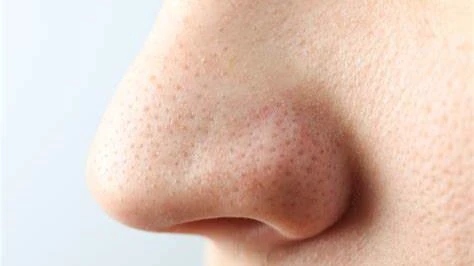Whiteheads and blackheads are both common forms of acne, but they differ in appearance and treatment needs. Understanding these differences can help you choose the right remedies for clearer skin.
What are whiteheads?
Whiteheads are small, white or flesh-coloured bumps caused by dead skin cells, oil, and bacteria trapped in a closed pore. Because the pore is not exposed to air, the material inside doesn’t oxidize, keeping the whitehead its pale colour. Whiteheads typically appear on the face, particularly the nose, chin, and forehead.
What are blackheads?
Blackheads form when a hair follicle is partially blocked, allowing the trapped material to be exposed to air. This exposure causes oxidation, turning the material black. Blackheads are characterized by their dark, flat appearance and are also commonly found on the nose, chin, and forehead.
Home remedies
For those looking to treat whiteheads and blackheads at home, several effective remedies can help:
Tea Tree Oil: Known for its antibacterial properties, tea tree oil can reduce inflammation and bacteria. Mix a few drops with a carrier oil like coconut or jojoba oil, and apply it with a cotton swab to the affected areas.
Baking Soda: This gentle exfoliant helps remove dead skin cells and unclog pores. Create a paste with a tablespoon of baking soda and a small amount of water, apply it in circular motions, and then rinse with warm water.
Honey: With its natural antibacterial and anti-inflammatory properties, honey soothes the skin and reduces breakouts. Apply raw honey to the affected areas, leave for 10-15 minutes, and rinse with lukewarm water.
Lemon Juice: Lemon juice’s citric acid helps exfoliate the skin and reduce excess oil. Apply fresh lemon juice with a cotton ball, leave it on for 10 minutes, and rinse off. Remember to use sunscreen afterwards, as lemon juice can increase sun sensitivity.


